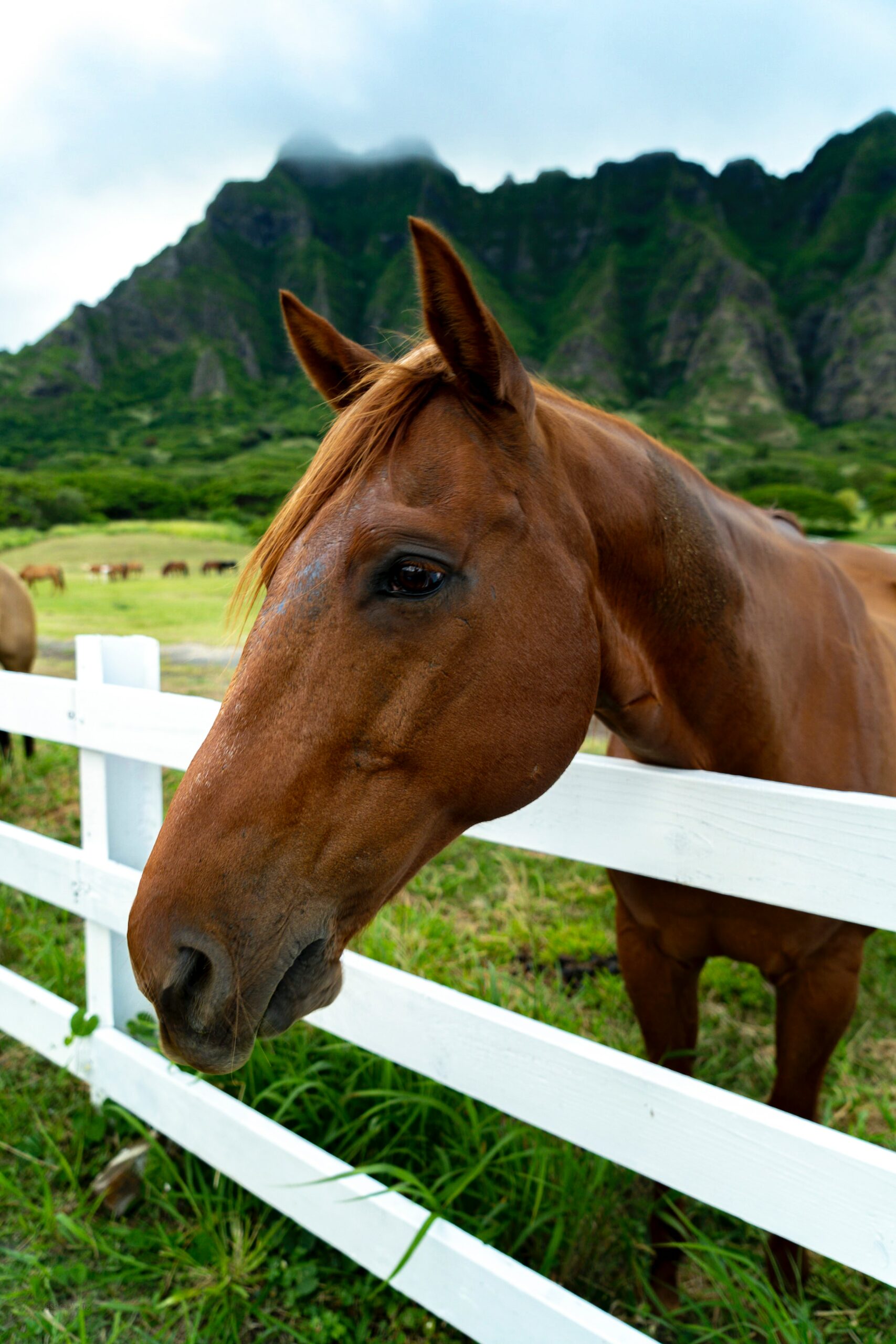Pets and Their People Blog
Training Your Equid: The Many Benefits of Protected Contact
What is protected contact?
Protected contact means that there is a barrier between you and the animal you are working with or training. This term comes from zookeeping, where zookeepers often work with the animals in their care through the confines of the animal’s enclosure. The barrier keeps both the human and animal safe.

How will protected contact benefit me?
Protected contact keeps you safe from behaviors that may make you uncomfortable or put you at risk, like your horse bumping into you, pushing you with their nose, or nipping. Protected contact also allows you to focus on your timing and reinforcement delivery without worrying about making mistakes. If you need to pause and regroup, you can just step away from the barrier.
How will protected contact benefit my equid?
Protected contact helps your equid find the behavior you want by limiting the possibility of them throwing out other behaviors, such as the ones listed above. For equids who are uncomfortable around humans, or fearful, protected contact offers them the ability to walk away from the interaction without fear of you following and/or making them stay. As contrary as this may sound, this ability to choose can actually help your equid feel comfortable with the interaction for longer than they might have if you were in free contact with them, meaning without a barrier.
When should I use protected contact?
Ideally, whenever you start introducing food reinforcement to an equid, you would do so in protected contact.
It’s also a good idea to use protected contact if either you or your equid don’t feel 100% confident in the presence of the other.
For equids who are prone to frustration or aggression, I will go back to protected contact whenever I introduce a new behavior or make a big jump in criteria, like going from standing face forward to leading.
I don’t have a good fence to use. What should I do?
Protected contact doesn’t have to be elaborate, unless you’re working with an aggressive animal. For many equids, a jump standard or even just a rope tied between two cones is enough to provide many of the benefits listed above.
If you haven’t used protected contact yet with any of your animals, I highly recommend giving it a try!
Watch a short video demonstrating a variety of protected contact options:
About the Author

Michelle Martiya is a certified animal trainer offering virtual coaching services anywhere in the world. She works with all species and specializes in fearful and feral equids. You can contact Michelle through www.essentialanimaltraining.com or www.instagram.com/essentialanimaltraining.

